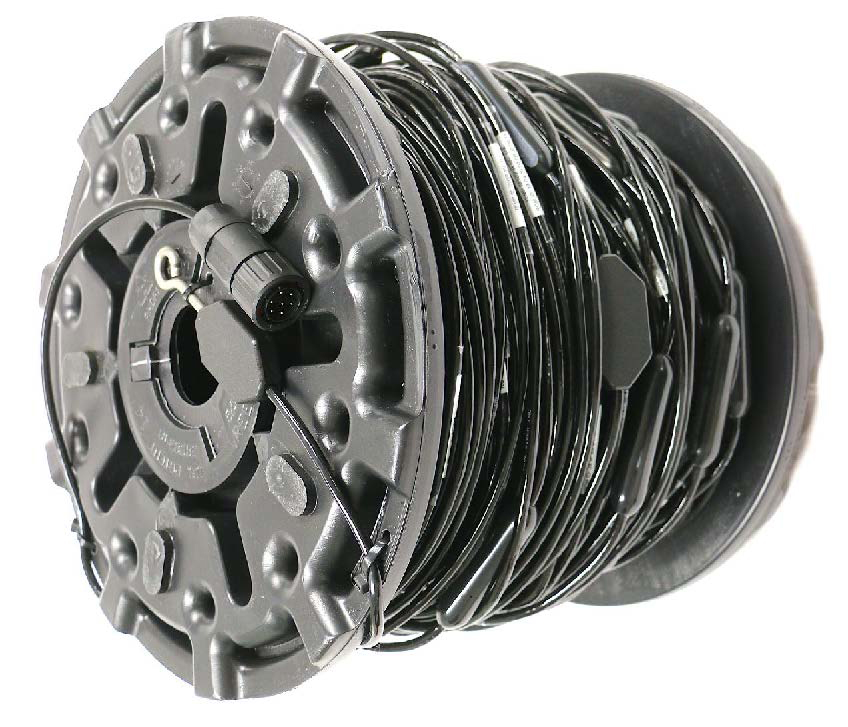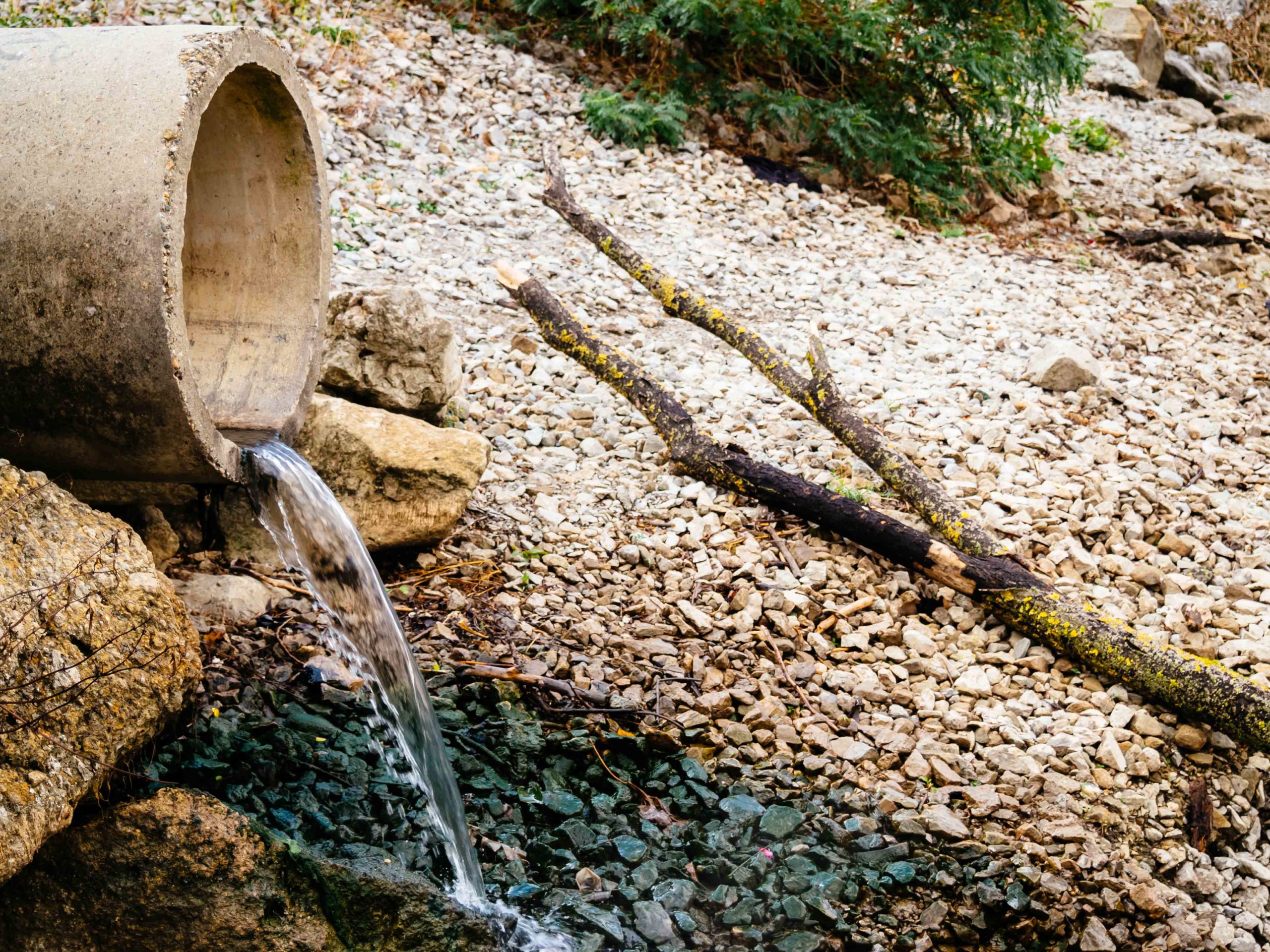Our services help you reduce pollution incidents from storm overflows
Combined sewer overflows (CSOs) were developed as overflow valves to reduce the risk of sewage backing up during heavy rainfall and are designed to discharge heavily diluted sewage into watercourses or into the sea.
Our services and solutions, including more robust maintenance, increased monitoring, and the development of smart wastewater systems can support a reduction in harmful discharges from storm overflows.
This is a key focus for the sector given the recent amendment to the Environment Act and a heightened public desire to reduce the pollution incidents and impact caused by combined sewer overflows (CSOs)
CSOs are under increasing pressure
Sewer networks are under increasing and ever-changing pressures, driven by population increase, cultural changes/misuse, climate change, more regular extreme rainfall events as well as the ongoing aging of sewage assets.
These rigours are impacting more and more upon the structural condition and serviceability, or asset health, of the various components of the wastewater system from source to outfall and everything in between and, consequently, overall asset performance.
Managing the deterioration and keeping these essential assets healthy has never been more important given increased expectations from the regulator, government bodies, campaign bodies, consumers and, of course, tightening legislation.

How can OnSite help?
We have a range of solutions to support asset owners in developing both short and long term responses to these challenges:
- Targeted, planned preventative maintenance programmes (PPM) – Simple and effective cleaning and sewer CCTV inspection surveys can solve serviceability issues and inform necessary rehabilitation programmes for deteriorating assets. This reduces the potential for; asset failure, increased system loading and back up incidents that lead to pollution and flooding events.
- Extraneous Inflow and infiltration studies (I&I) – Using a variety of long length, elaborate sensor systems to identify specific locations for illegal connections or high levels of infiltration. Various systems exist including fibre optic cables or embedded digital temperature sensors that detect discrete localised temperature changes in sewers caused by external water entering the system and reducing available hydraulic capacity.
- CSO health check monitoring- Deploying a more comprehensive monitoring regime including: depth and velocity sensors, telemetered units, and exception mode reporting to alert and better inform proactive and timely interventions.
- CSO visual surveillance- Telemetered camera solutions including video and static imagery triggered remotely or via alerts and interfacing with other sensors.
- Hydrospin® – Simple mechanical adaptation of CSOs to create a vortex which captures and prevents sewer debris from passing over the weir reducing the cleaning frequency and water quality compliance risks.
- Proactive monitoring and identification of pollutants – Using specialist developed hardware and software technologies and auto sampling equipment to ascertain what additional pollutants from any external users of the sewer system are potentially spilling into the environment.
- Proactive river monitoring – Auto sampling and analysis upstream and downstream of CSOs can identify any adverse impact from storm overflows.


